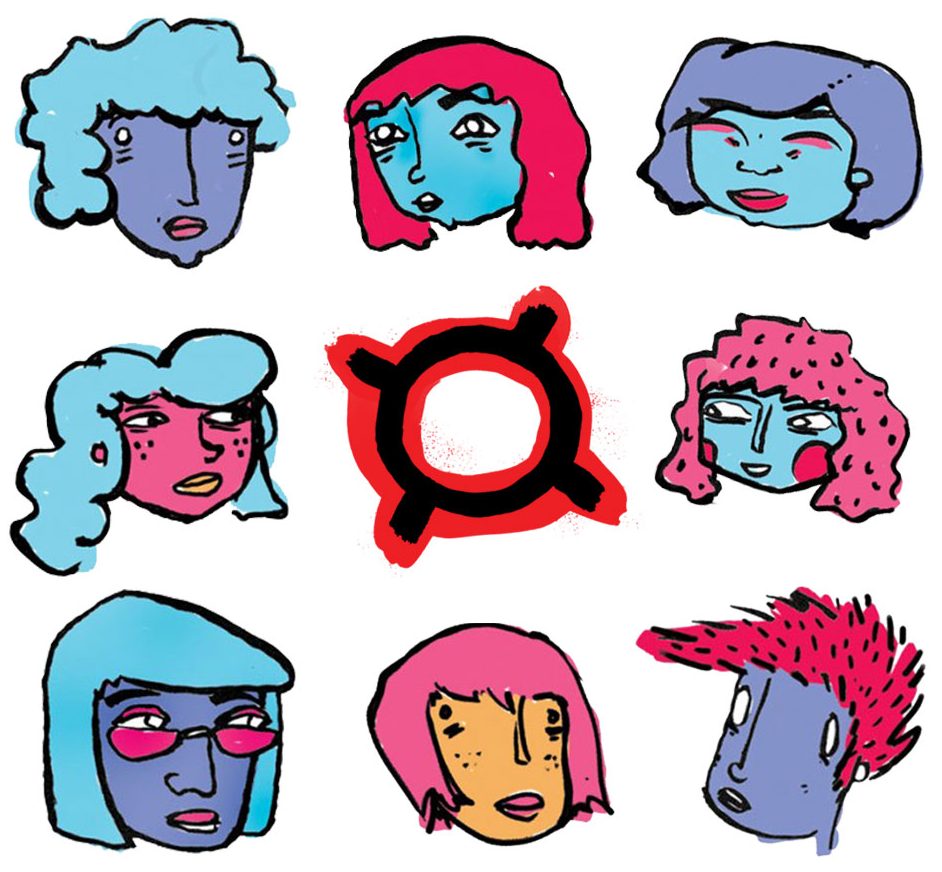You are visiting Liisbeth’s archives!
Peruse this site for a history of profiles and insightful analysis on feminist entrepreneurship.
And, be sure to sign up for rabble.ca’s newsletter where Liisbeth shares the latest news in feminist spaces.
In it’s series Headwaters, the Globe examines the future of Canada’s most critical resource: water. In the series most recent article, published Sunday December 6th, Gloria Galloway investigates the Unresolved water advisories creating ‘health emergency’ for First Nations.
Water occupies such a central place in all our lives and though as Canadian’s it is assumed to be in abundance, water is a resource that cannot be taken for granted. Currently Canada’s watersheds are facing a number of issues. From the fight to preserve clean water in the Great Lakes, to the boil-water advisories affecting First Nations communities, to large-scale projects that have sparked public outcry, Canadian policymakers are facing critical questions about the future of a resource that we assume will always be available.
In the overcrowded houses on reserves in remote Northwestern Ontario, clean running water is not available. They are faced with a deadly type of bacteria called MRSA in their water supply. MRSA is a staph infection that causes sores and boils on the skin, and can penetrate the body to infect internal organs. It is resistant to commonly used antibiotics.
Gloria Atlookan is a mother of three and lives at the Neskantaga First Nation, an Ontario fly-in community nearly 500 kilometres north of Thunder Bay. She has seen first hand what drinking the water has done to other children in the community – the sores and rashes spread across their arms, legs, bellies and faces.
Neskantaga is an extreme example of a nationwide problem. At any one time, approximately one in six of Canada’s more than 600 First Nations is under a boil-water advisory, some of which have been in effect for years.
Many First Nations, like Neskantaga, are located on the same bodies of water that served aboriginal populations for thousands of years before filtration was even a possibility. But modern communities are stationary, creating water problems that did not affect the nomadic ancestors of today’s indigenous people. Now even some of the remote parts of Canada are more polluted today than they were centuries ago.
Since the late 19070s, there have been many pledges from the Canadain Government to provide indigenous communities with the same water and sanitation that exists elsewhere in Canada. But efforts to meet these promises have often been met with failure. Galloway explains that “poor construction of pipes and filtration systems, a lack of training for those who are left to run the plants, and a tangled web of jurisdictional issues create a quagmire of issues that prevent the clean water from flowing.”
First Nation communities are frustrated and understandably so. The question is how much longer will families and communities have to live like this? Read the rest of the article here.
You are visiting Liisbeth’s archives!
Peruse this site for a history of profiles and insightful analysis on feminist entrepreneurship.
And, be sure to sign up for rabble.ca’s newsletter where Liisbeth shares the latest news in feminist spaces.





